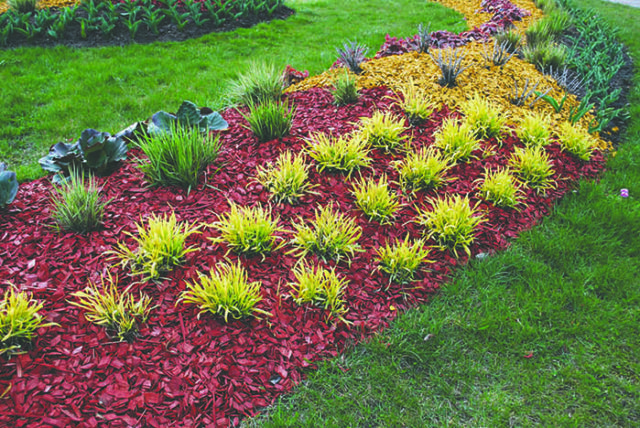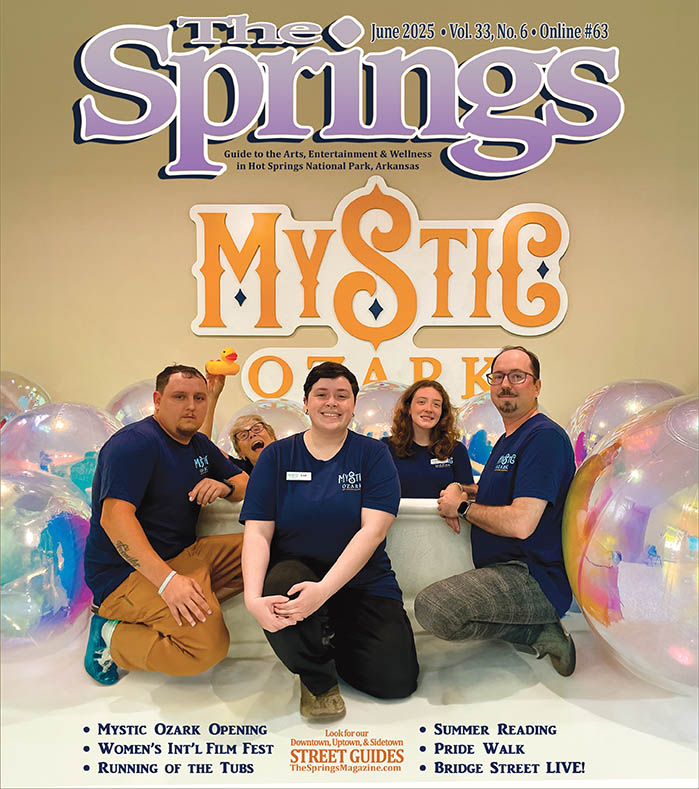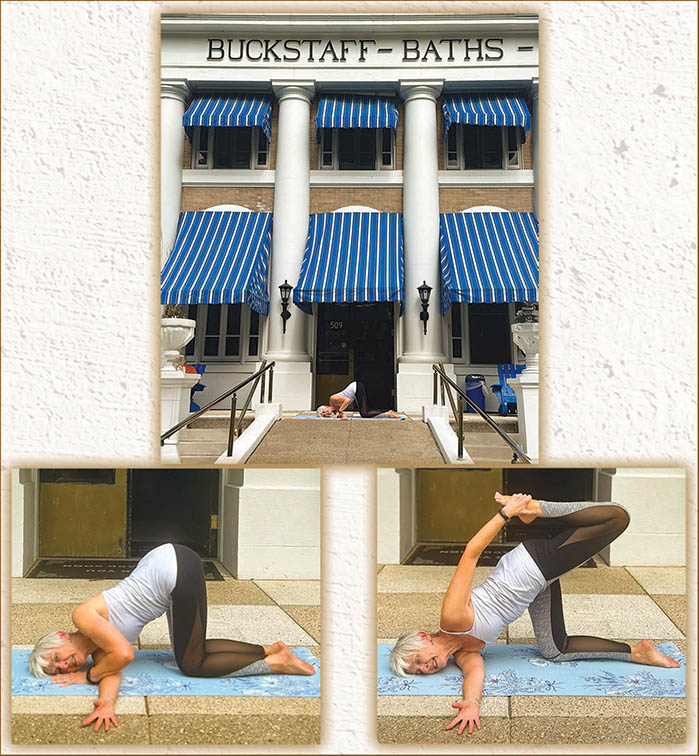There are two basic kinds of mulch: organic and inorganic. Organic mulches include formerly living material such as chopped leaves, straw, grass clippings, compost, wood chips, shredded bark, sawdust, pine needles, and even paper. Shredded bark is one of the most common and least expensive types of mulch. It comes from a variety of sources, including cedar trees. Shredded bark is one of the best mulch types to use on slopes and it breaks down relatively slowly. Inorganic mulches include black plastic and geotextiles (landscape fabrics).

By Lin Johnson
Mulching Correctly
The number one way to eliminate weeds from flowerbeds is to keep the soil surface covered. Mulch needs to be put down thick enough to be an effective barrier to weeds and weed seeds. Mulch in flowerbeds should be kept at a minimum of 3 to 4 inches of depth at all times. Be sure to remove deep-rooted weeds before mulching.
Don’t Disturb the Mulch
And finally, whatever you do, don’t rake that mulch! Not raking is one of the best ways to eliminate weeds. Every time mulch is disturbed by raking and turning, you are re-planting weed seeds that have been lying dormant on the surface. Adding a thin layer of mulch to freshen up beds is better than turning your mulch!
Fill the Flowerbed
The absolute best mulch of all is living mulch. The more you fill flowerbeds with plants, the less chance for weeds and weed seeds to find a home. And the benefits don’t stop there. Dense plantings help to conserve moisture in the soil, meaning less watering time for you.
Advanced Garland County Master Gardener, Lin Johnson, volunteers with Garland County Master Gardeners of the UofA Div. of Agriculture, Cooperative Ext. Service. Master Gardeners pool skills and resources to improve home horticulture, stimulate interest in plants and gardening, and encourage beautification. For more information, call 501-623-6841 or email adykes@uaex.edu. The University of Arkansas System Division of Agriculture is an equal opportunity/equal access/affirmative action institution.









